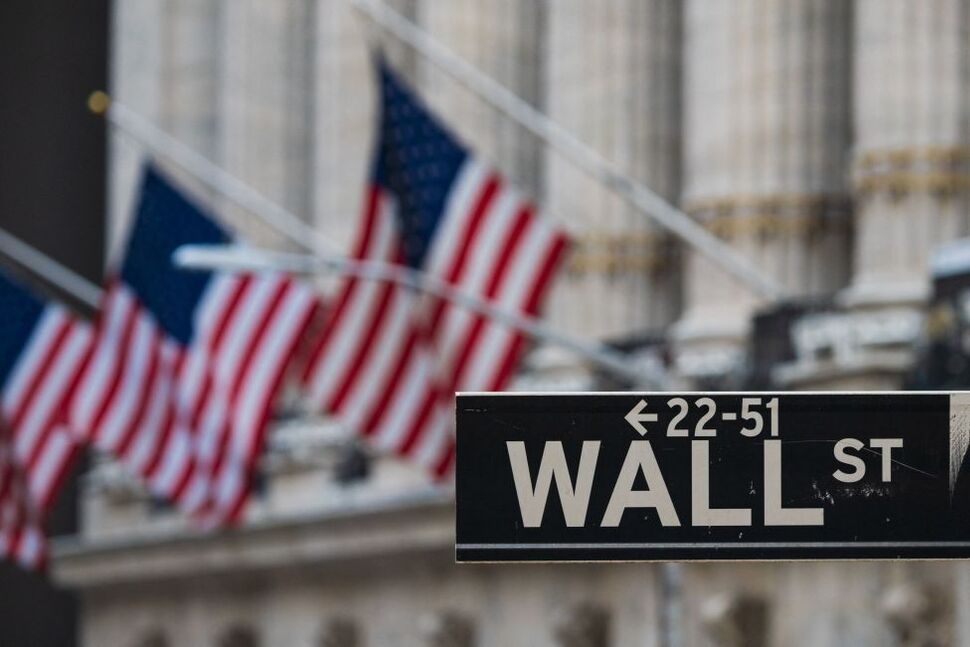Ahead of Halloween, the economy is still showing some signs of strength.
The U.S economy has proven itself resilient throughout the coronavirus pandemic, recovering from the sharpest quarterly contraction in history, but earlier this year it looked to some as if it had finally succumbed.
Two quarterly contractions in gross domestic product in the first half of the year led many seasoned observers (and more than a few politicians) to say a recession had begun.
But hold the sympathy cards. On Thursday, the government is expected to report the economy expanded in the third quarter, perhaps by as much as 3%. That’s a performance that would be considered good in any economic environment.
A widely followed model of economic output from the Federal Reserve Bank of Atlanta known as GDP Now pegs the third quarter growth number at 2.9%, up from 2.4% just a month ago.
“Ahead of Thursday’s preliminary Q3 US GDP release, these comments are broadly consistent with the latest GDPNow forecasts which suggest a return to positive GDP growth in Q3,” BCA Research wrote on Monday morning. “Nevertheless, the inflationary backdrop and tight labor market conditions continue to warrant tighter monetary policy – posing a threat to the economic outlook.”
The Best Cartoons on the Economy
In its release last week of the minutes from the September meeting of its monetary policy committee, Federal Reserve Chairman Jerome Powell and colleagues described the economy’s performance as expanding “modestly” with a strong uptick in travel and tourism along with steady or growing activity in manufacturing among the positives.
But it noted weakness in retail, auto sales and housing from the central bank’s aggressive campaign of interest rate hikes. Still, recent earnings reports from the big banks and other barometers of consumer spending show that Americans continue to spend, even as inflation tops 8% annually and their consumption habits shift from goods to services.
“Our U.S. consumer clients remained resilient with strong, although slower growing, spending levels and still maintained elevated deposit amounts,” CEO Brian Moynihan said in announcing the bank’s better-than-expected third-quarter earnings last week. “Across the bank, we grew loans by 12% over the last year as we delivered the financial resources to support our clients.”
The stock market, often a predictor of future economic health, posted its best week since June last week, ending on Friday with a 700-plus point gain in the Dow Jones Industrial Average. The Dow was up nearly 5% for the week.
“No, the economy doesn’t want to die,” says Sevin Yeltekin, dean of the Simon Business School at the University of Rochester. “There’s a lot of resilience in a lot of places.”
Yet most economists are still predicting a recession within the next 12 months, although the odds of one beginning before next year appear to be receding somewhat. And some have taken heart from a suggestion late last week in The Wall Street Journal that the Fed may take a breather after its November meeting, when another 75 basis point hike in interest rates is expected.
Mary Daly, president of the San Francisco Fed, added credence to that idea on Friday during a speech at the University of California-Berkeley.
“I think the time is now to start talking about stepping down – the time is now to start planning for stepping down,” Daly said.
“The Fed is raising from rock bottom levels,” says Nela Richardson, chief economist at private payroll and human resources firm ADP. “It works with a lag. They have to hike to a higher level and then stay there. I would argue they are going to stay there for months, maybe a year.”
Factoring into that decision will be a report out Friday morning. The personal consumption expenditures price index is followed closely by the Fed, especially its core index that strips out food and energy costs to show how broad inflation is throughout the economy. Expectations are for it to have declined on a monthly basis in September to 0.5% from 0.6% in August.
Other economic news this week will include housing prices on Tuesday and new home sales on Wednesday. The housing sector is in a slump as mortgage rates have doubled from a year ago. The week ends with the final University of Michigan consumer sentiment report for September.
While readings of the consumer psyche have shown a gloomy outlook, Americans have continued to spend, bolstered by household balance sheets that are still in good shape despite the highest inflation in 40 years.
“The idea of shopping is ingrained,” says Kathy Gramling, consumer industry markets leader at EY Americas. “We can always count on the American consumer to consume.”



